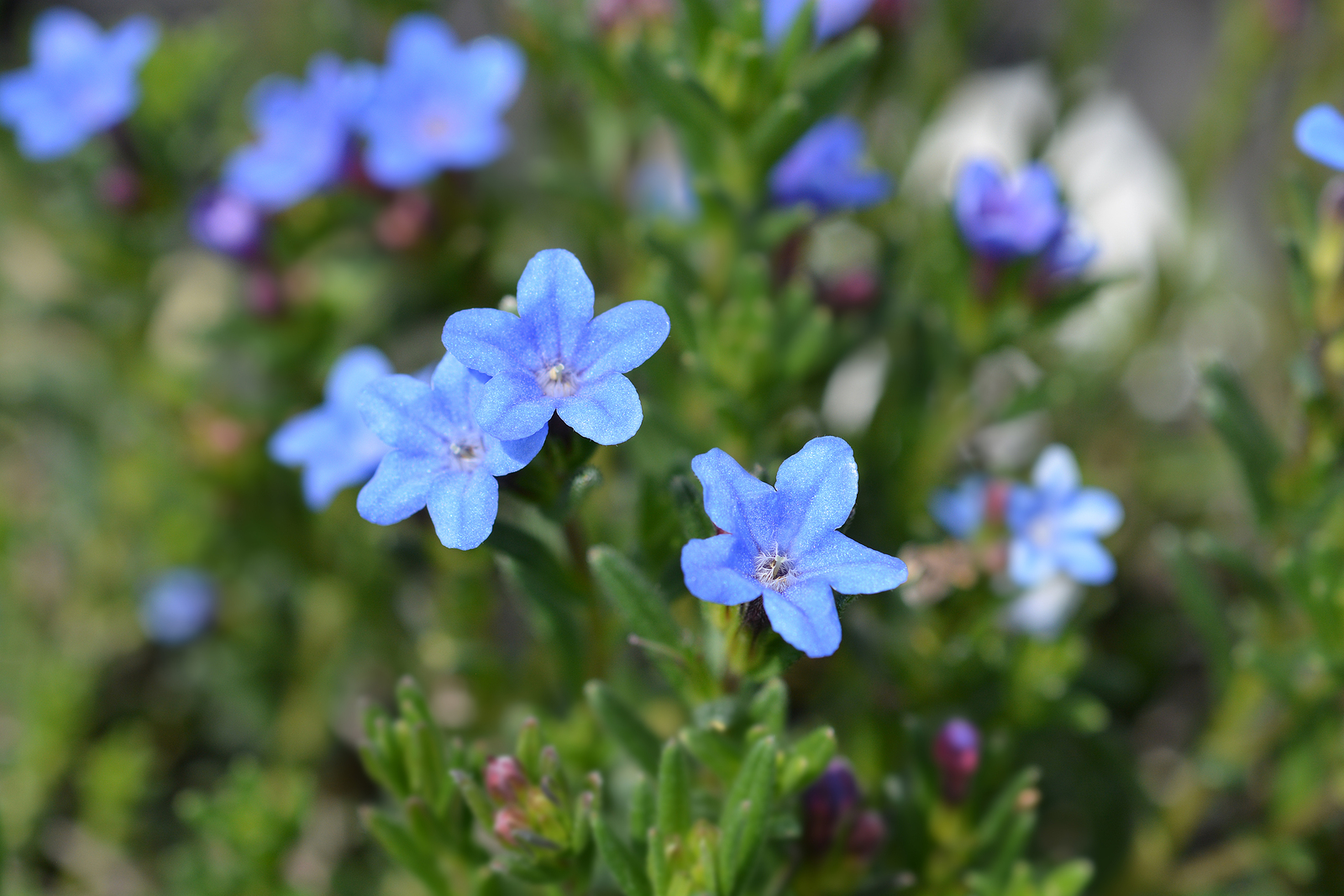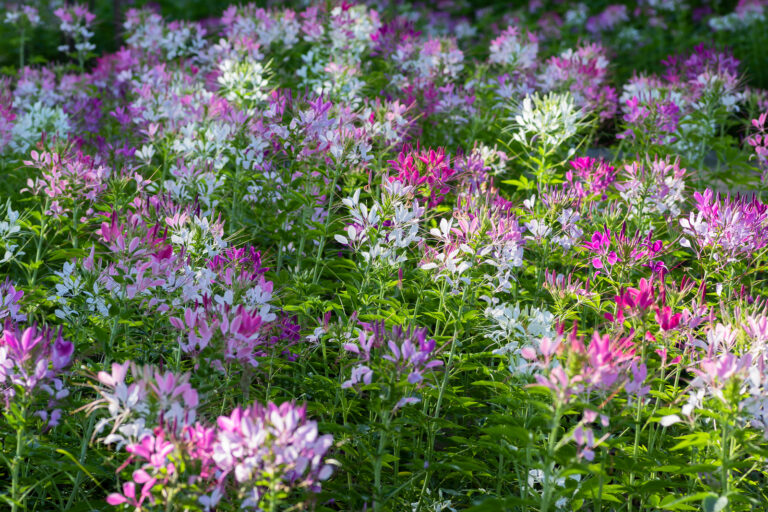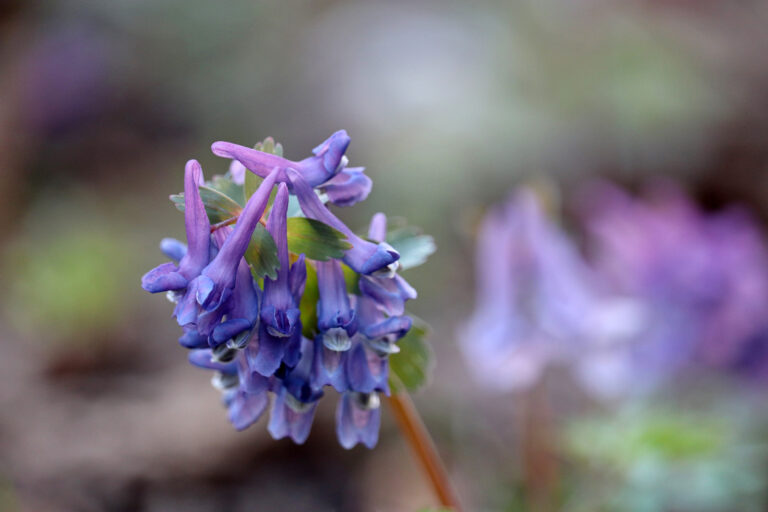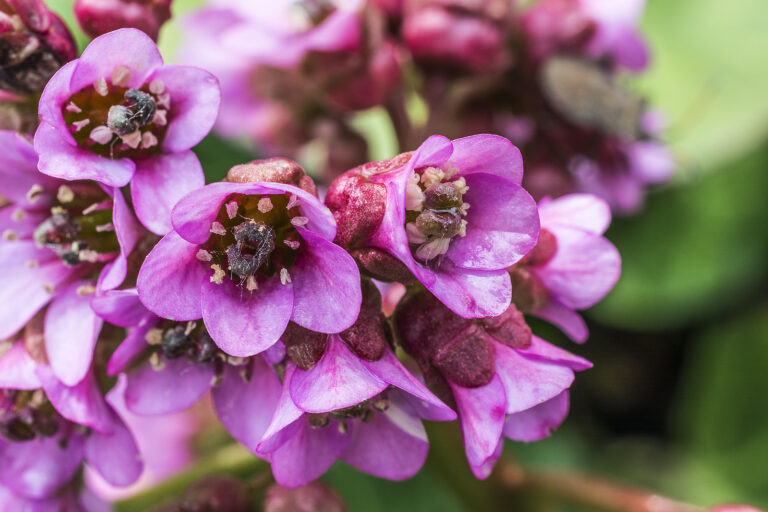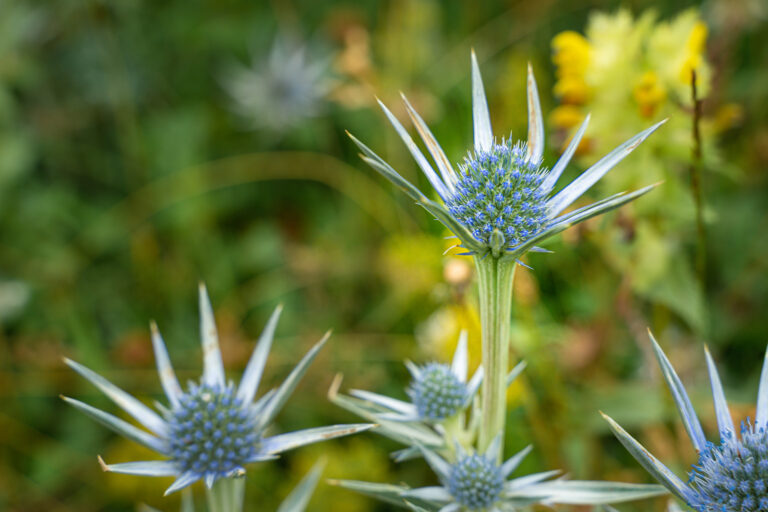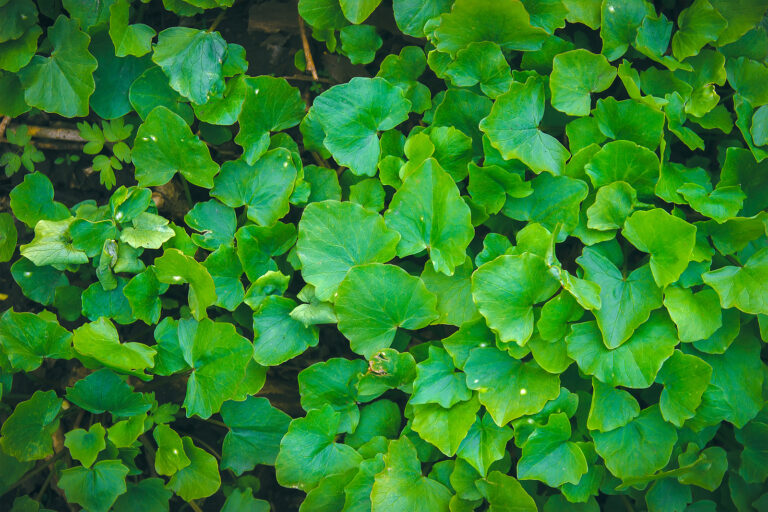How to Grow Lithodora
Lithodora is a low-growing perennial subshrub grown for its masses of brilliant blue flowers. Lithodor’s summer flowers appear above ground-hugging linear, lance-shaped bright green leaves.
Lithodora is a colorful choice as a groundcover and in rock gardens. Lithodora will spill over rock walls and the edges of containers.
Lithodora is a genus of seven species of low-growing, spreading upright, evergreen subshrubs or shrubs. One species, Lithodora diffusa, is often cultivated in gardens. Two cultivars ‘Heavenly Blue’ and ‘Grace Ward’ are usually available in garden centers.
Lithodora is native to scrub and thickets along the Mediterranean Sea from Southwestern Europe to Southern Greece and on to Turkey, and Algeria.
The Lithodora genus was formerly classified as Lithospermum.

Get to know Lithodora
- Plant type: Perennial subshrub
- Growing zones and range: Zones 6-9
- Hardiness: Best suited to mild-summer climates.
- Height and width: Prostrate, somewhat shrubby, slightly mounded, broad mass 6 to 12 inches (15-30cm) tall and as miuch as 24 inches (61cm) wide.
- Foliage: Narrow evergreen leaves, ¾-1 inch (2.5cm) long; both foliage and stems are hairy.
- Flowers: Tubular, brilliant funnel-shaped blue flowers ½ inch long.
- Bloom time: Late spring into summer
- Uses: Groundcover, rock gardens, spilling over walls.
- Common name: Lithodora
- Botanical name: Lithodora
- Family name: Boraginaceae
- Origin: Mediterranean region
Where to plant Lithodora
- Plant Lithodora in full sun.
- Plant Lithodora in loose, well-drained, lime-free soil; a neutral to alkaline soil is best.
When to plant Lithodora
- Plant container-grown Lithodora in the garden in spring of autumn.
Planting and spacing Lithodora
- Space Lithodora 12 to 24 inches (15-61cm) apart.
How to water and feed Lithodora
- Lithodora needs moderate water; constantly wet soil can cause leaves and stems to rot.
- Fertilize Lithodora with an all-purpose, slow-release organic fertilizer in spring.
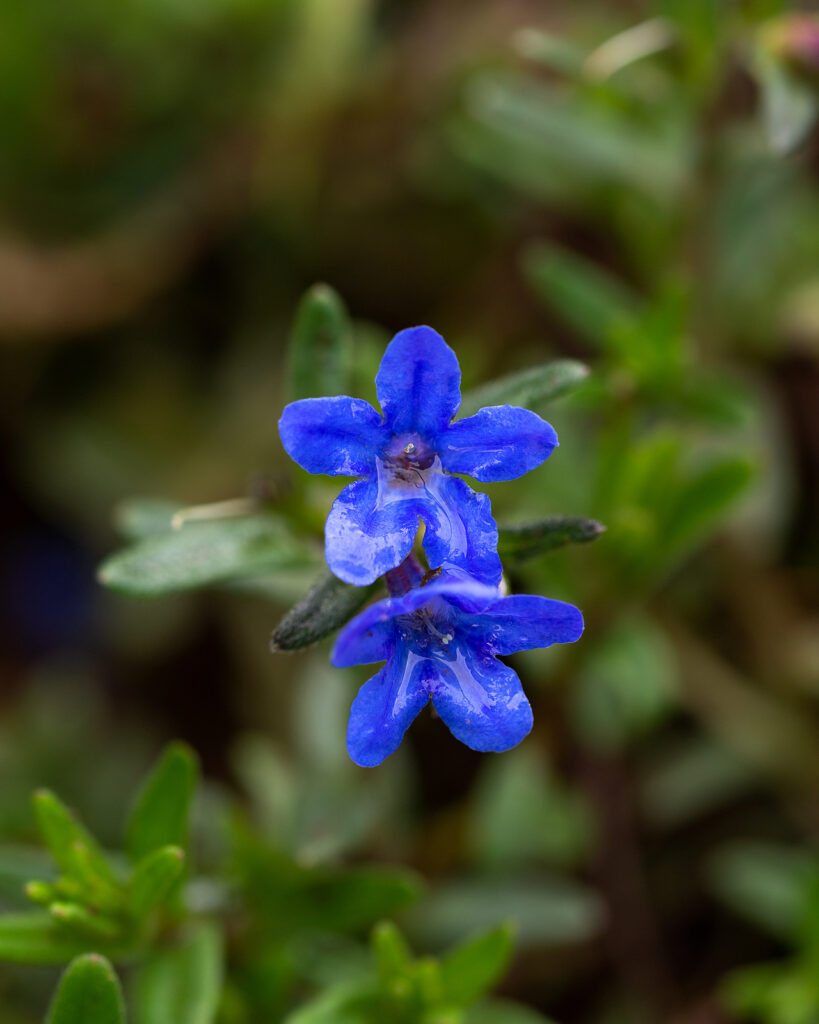
Lithodora care
- Prune Lithodora lightly after flowering. Nip back stems that are long and sparse. Cut back stems that are brown or gray and dry.
Lithodora pests and diseases
- Lithodora can be attacked by aphid and spider mites.
Lithodora propagation
- Propagate from semiripe cuttings in summer.
- Plant rooted suckers in spring or early autumn.
Lithodora varieties to grow
- Lithodora diffusa. Slightly mounded subshrub grows 6 to 12 inches tall and as much as 24 inches wide; narrow, oblong, hairy leaves to 1½ inches long; tubular, brilliant blue flowers ½ inch long. ‘Grace Ward’ and ‘Heavenly Blue’ are covered with azure blue flowers.
- L. oleifolia. Semi-upright, loosely branches subshrub to 8 inches tall an 12 inches wide; bears loose, terminal cymes of sky-blue flowers in early summer; flowers open from pink buds.
- L. rosmarinifolia. Domed, tufted, evergreen sub-shrub produces gentian-blue flowers; grows to 12 inche tall and 16 inches wide.

